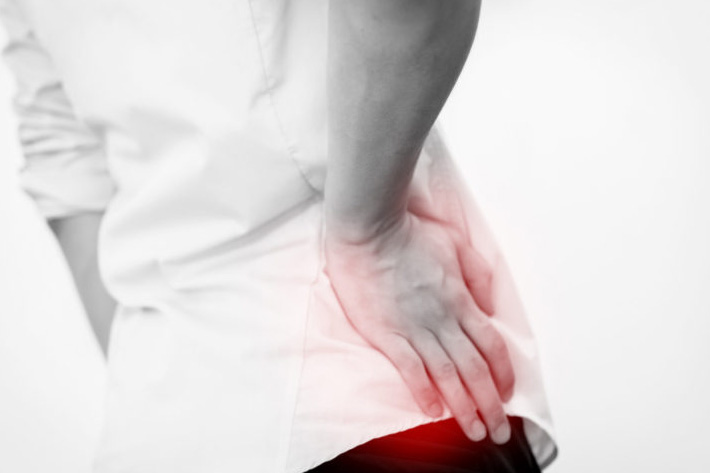A hip labral injury refers to damage or tearing of the labrum, which is a ring of cartilage that surrounds the hip joint socket. It can be caused by trauma, repetitive movements, structural abnormalities, or degenerative conditions. Hip labral injuries can lead to pain, stiffness, clicking, locking, or a sense of instability in the hip joint. Treatment options for hip labral injuries typically
depend on the severity of the injury and individual factors. Here are some common approaches:
- Conservative Management: Initially, non-surgical treatments may be attempted, especially for mildcases. These may include rest, activity modification, physical therapy, and the use of non-steroidalanti-inflammatory drugs (NSAIDs) to reduce pain and inflammation. Physical therapy can helpstrengthen the hip muscles, improve stability, and increase range of motion.
- Hip Arthroscopy: For more severe cases or when conservative measures fail to provide relief, hiparthroscopy may be recommended. It is a minimally invasive surgical procedure that uses a smallcamera and surgical instruments to repair or remove the damaged labrum. During the procedure,the surgeon can also address any other issues in the hip joint, such as bone spurs or loose bodies.
- Physical Rehabilitation: Following surgery, a comprehensive rehabilitation program is essential torestore strength, flexibility, and function to the hip joint. Physical therapy typically includes exercisesto improve hip stability, balance, and range of motion. The programis tailored to each individual’sspecific needs and may last several months.
- Injections: In some cases, corticosteroid injections or other types of injections, such as platelet-richplasma (PRP) or hyaluronic acid, may be used to provide temporary painrelief and reduceinflammation in the hip joint. These injections are often used in conjunction with other conservativetreatments or as a preoperative measure.
It’s important to note that treatment options may vary depending on the individual case, the severity of the injury, and the recommendations of the healthcare professional. If you suspect a hip labral
injury, it’s best to consult with a qualified orthopedi
c specialist who can evaluate your condition and provide appropriate guidance and treatment.





